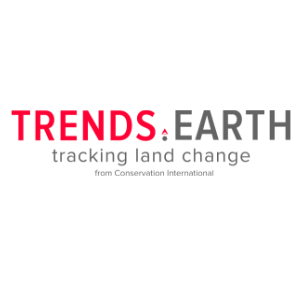
Image

Trends.Earth
Use this tool to
Calculate the UN SDG 15.3.1 indicator (proportion of land area that is degraded) and its sub-indicators (change in land productivity, change in soil organic carbon, and change in land cover); report SDG 15.3.1 indicator to the UNCCD reporting platform (PRAIS3/4)
End Product(s)
Maps (GeoTIFF files) of change in productivity, change in soil organic carbon, change in land cover, and the overall SDG 15.3.1 land degradation indicator; Excel table reporting the total land area that was degraded/improved/stable for the overall SDG 15.3.5 indicator and the sub-indicators (land productivity, soil organic carbon, land cover) for your area of interest
Trends.Earth was designed for countries to monitor the achievement of Land Degradation Neutrality (LDN) as part of the United Nations Sustainable Development Goal (UN SDG) 15.3. It is a desktop-based tool that leverages Earth observation satellite data as a plug-in of the open-source geospatial platform Quantum GIS (QGIS) to monitor land degradation against a baseline and target year. The tool calculates three separate indicators of landscape degradation: change in land productivity, change in land cover, and changes in soil organic carbon. The results of three indicators can be combined into a single SDG 15.3.1 indicator, which defines area as degraded, stable, or improved. Trends.Earth results are packaged as maps and summary tables that tabulate total land area within each category (e.g., degraded, stable, improved) in an output Excel spreadsheet.
